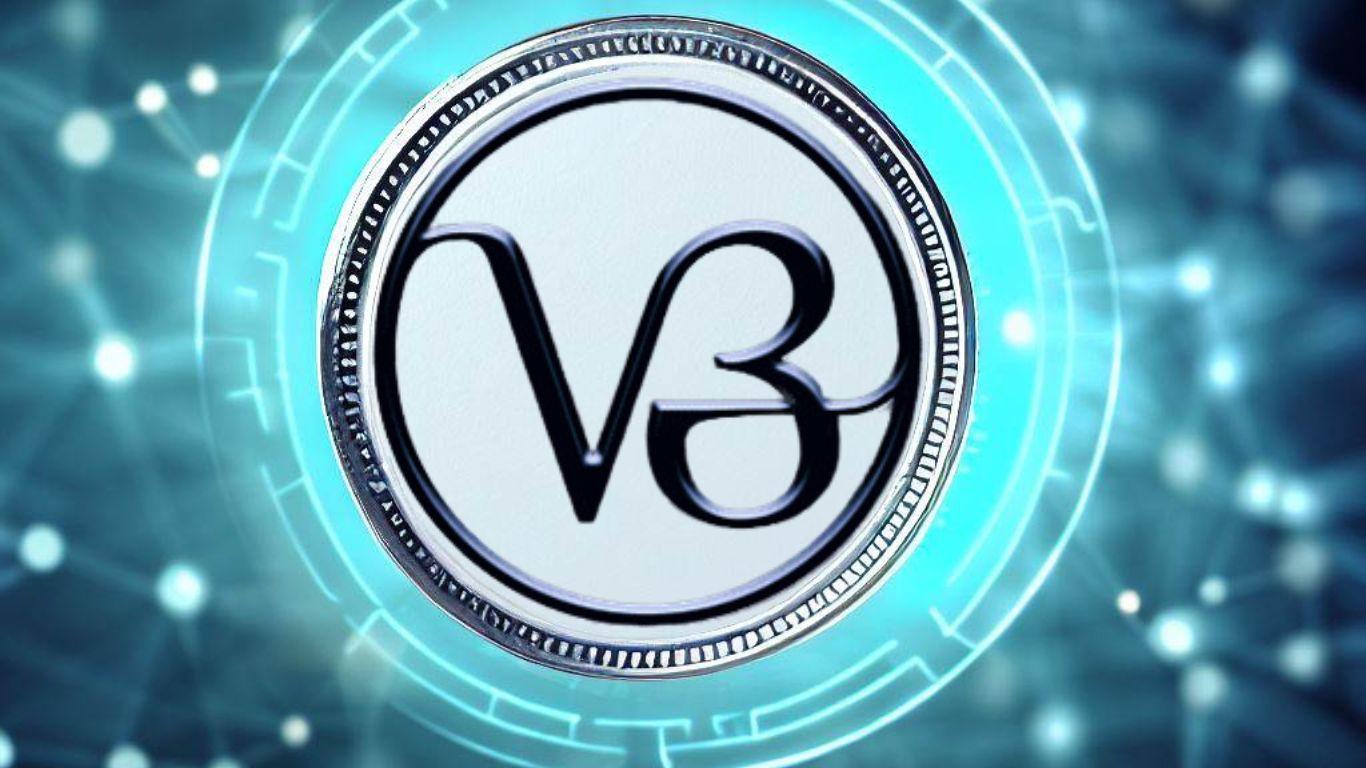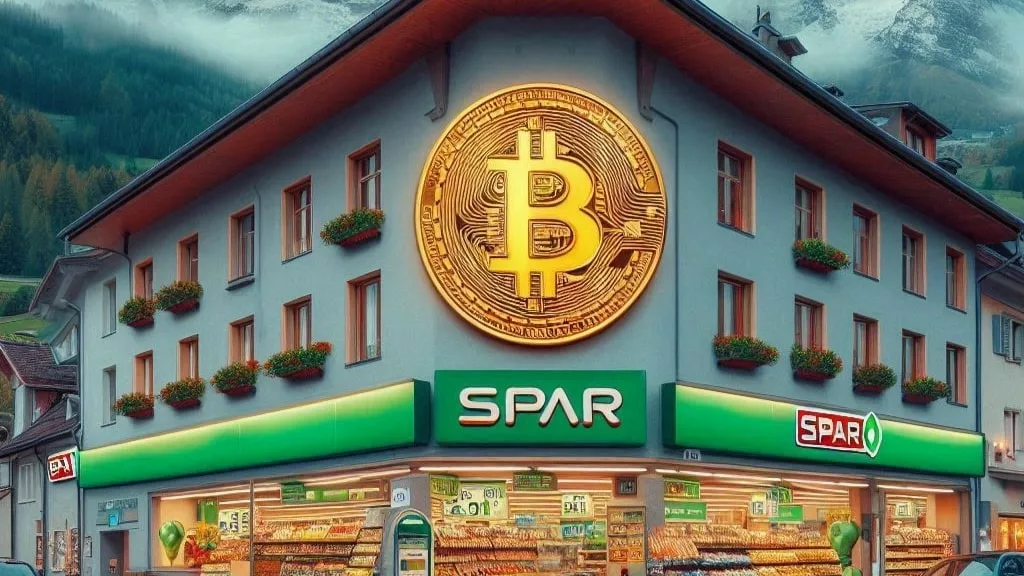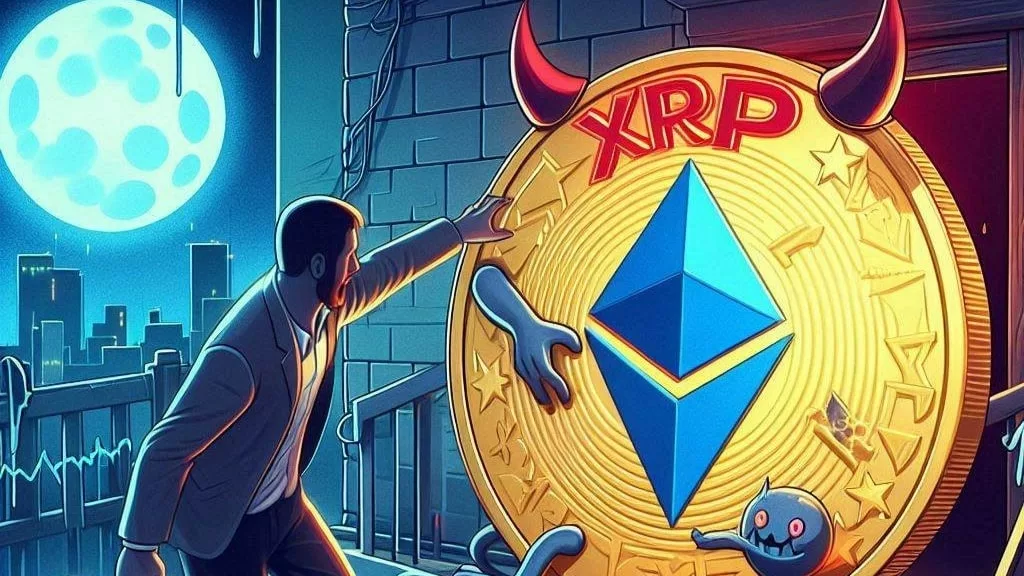
In an exciting development within the decentralized finance (DeFi) landscape, Uniswap V3, one of the leading decentralized exchange (DEX) protocols, is reportedly exploring the possibility of expanding its reach by integrating with a new Layer 1 (L1) blockchain. This article aims to explore the potential implications and benefits of this expansion for the broader cryptocurrency ecosystem.
Uniswap has emerged as a pivotal player in the DeFi space, enabling users to swap tokens directly from their wallets in a decentralized manner. With the introduction of Uniswap V3, the protocol introduced several innovative features, such as concentrated liquidity and multiple fee tiers, offering improved capital efficiency and flexibility for liquidity providers.
By considering integration with a new Layer 1 blockchain, Uniswap V3 aims to expand its horizons and tap into new opportunities. Layer 1 blockchains, characterized by their independent consensus mechanisms and native token ecosystems, provide a solid foundation for decentralized applications, including decentralized exchanges.
The potential implications of this expansion are vast. Firstly, integrating with a new Layer 1 blockchain can enhance Uniswap’s scalability and throughput, enabling it to handle a larger volume of transactions with reduced fees and faster confirmation times. This scalability boost is crucial as the demand for DeFi applications continues to grow, placing strain on existing infrastructure.
Secondly, integration with a new Layer 1 blockchain can unlock access to a wider range of assets and liquidity pools. Each Layer 1 blockchain has its own unique ecosystem of tokens and projects, and by expanding to a new blockchain, Uniswap V3 can provide its users with a more diverse set of trading options, fostering greater liquidity and trading opportunities.
Additionally, this expansion can contribute to the decentralization of liquidity across different blockchain networks. By integrating with multiple Layer 1 blockchains, Uniswap V3 reduces its reliance on a single blockchain, enhancing resilience and mitigating potential risks associated with a single point of failure.
Furthermore, integrating with a new Layer 1 blockchain can stimulate innovation and competition within the DeFi ecosystem. The introduction of Uniswap V3 to a new blockchain ecosystem encourages developers and projects to explore novel use cases, build complementary applications, and contribute to the growth and maturation of decentralized finance as a whole.
However, it is important to consider the potential challenges and trade-offs associated with such an expansion. Integration with a new Layer 1 blockchain requires careful consideration of technical compatibility, security measures, and community support. Ensuring a seamless user experience and maintaining the trust of the Uniswap community are paramount in this endeavor.
The integration with a new Layer 1 blockchain brings numerous benefits, including increased scalability and throughput, enabling Uniswap V3 to handle a larger volume of transactions with reduced fees and faster confirmation times. This scalability boost is crucial as the demand for DeFi applications continues to surge, ensuring that Uniswap can accommodate growing user activity and maintain a seamless trading experience.
Moreover, integration with a new Layer 1 blockchain grants Uniswap V3 access to a broader range of tokens and liquidity pools. This expansion unlocks new trading options for users, promoting greater liquidity and trading opportunities across different blockchain networks. By facilitating a diverse set of assets, Uniswap V3 empowers users to explore various investment strategies and capitalize on emerging trends in the cryptocurrency market.
Additionally, integrating with multiple Layer 1 blockchains contributes to the decentralization of liquidity, reducing reliance on a single blockchain and enhancing resilience. This approach aligns with the ethos of decentralization that underpins the DeFi movement, mitigating risks associated with centralization and providing a more robust and secure trading environment for users.
While this expansion presents exciting prospects, it also poses challenges that must be carefully navigated. Technical compatibility, security considerations, and community support are critical factors that need to be addressed to ensure a successful integration and maintain the trust of the Uniswap community.
In summary, the potential integration of Uniswap V3 with a new Layer 1 blockchain signifies the protocol’s commitment to growth, scalability, and innovation. By expanding its presence to new blockchain ecosystems, Uniswap V3 aims to solidify its position as a leading decentralized exchange protocol, fostering a more interconnected and vibrant DeFi landscape for users worldwide. The integration holds the promise of a future where decentralized exchanges thrive, providing seamless access to a diverse array of assets while empowering individuals to participate in the decentralized finance revolution.




Get the latest Crypto & Blockchain News in your inbox.